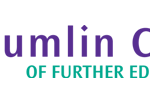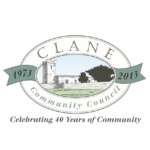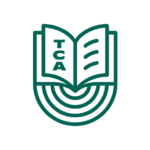In the past few years, complementary therapies, such as reflexology, have been growing in popularity in Ireland. As the name suggests, complementary therapies do not replace conventional medicine, they support patient recovery and health alongside it.
Reflexology works by massaging the feet and hands of a patient. Reflexologists divide the hands and feet into different zones. These zones correspond with other areas of the body. Therefore, by working on a particular zone, a practitionercan treat illnesses in other parts of the body.
Nobody knows how exactly old this therapyis. Many reflexologists claim that it is over 4,000 years old. It is, however, possible to trace the history of contemporary reflexology.
In 1913 Dr William Fitzgerald introduced reflexology to the United States. Fitzgerald was a respected doctor. He studied worked at Boston City Hospital, the Central London Nose and Throat hospital and later became head of the Nose and Throat Department at St Francis Hospital in Hartford, Connecticut. Fitzgerald found that by applying pressure to one part of the body, he could have an impact on a different part of it. He called this “zone therapy.”
The therapy was controversial but after a certain amount of success, it became increasingly accepted.
Western reflexology was standardised in the 1930s by Eunice Ingham. Ingham was a physiotherapist. She mapped the feet with all the corresponding organs and glands of the body. In addition, Ingham worked with doctors to prove her findings and to demonstrate that the therapywas a useful diagnostic tool.
Reflexology spread to Europe in the 1960s and later to Ireland in the 1980s. Since then it has grown in popularity in Ireland as a gentle, complementary therapy suitable for a wide range of patients.
Why do it?
Reflexologists work alongside healthcare professionals to provide complementary therapy to patients. Some work full-time in healthcare centres; others practice part-time. Many healthcare professionals, such as nurses or carers study complementary therapy to add to their skill set. However, you do not need to have medical training to study reflexology. You will need an interest in it though.
To be successful as a reflexologist, you should be interested in healthcare, anatomy, physiology and have a wish to help people. Areflexologist spends a lot of time working with people’s feet, so you should not be squeamish!
What’s involved?
You might think that reflexology will be easy… Think again! There is a fair amount of studying involved. Students will learn the history andphilosophy of reflexology. They will also learn how to map the zones of the feet and hands, and how to treat different disorders. In addition, reflexology courses teach anatomy and physiology. Students will also have to undertake some practical casework.
Most Irish reflexology courses are part-time. On average it takes around six months to complete a diploma course.
At a glance
Reflexology is a complementary therapy. Reflexologists work alongside healthcare professionals to support patient recovery.Diploma courses take around six months to complete. Part-time courses are available.

















